Application Layer
With a multi-user management approach, configure corresponding functions based on the management characteristics of each user, realize customized requirements of “different strokes for different folks” for regional management, user management, and ecosystem partners, without the need for users at all levels to build their own systems, thus reducing operational management costs.

Platform Layer
After the edge data is collected, it is connected to the Internet of Things (IoT) platform through internet protocols to enable interconnection between devices and the platform, realizing comprehensive perception of energy information within the management area. The big data platform dynamically configures and adjusts the storage, cleaning, and processing processes of the aggregated data. Through standardization, it transforms data into assets, making it easier to store and extract value from the data. The AI platform provides end-to-end management from data preparation to model training, model validation, and model deployment, empowering users to quickly learn and build analytical models.

Boundary layer
Lvnengyun integrates various types of energy assets (such as wind turbines, solar panels, energy storage, charging piles, motors, electric boilers, air compressors, etc.) or monitoring devices through a control system for real-time data collection, either by direct acquisition or by adding collecting devices, and then reporting the energy data to the IoT platform. By supporting the rapid integration of “dumb” and smart devices, it solves the difficulty of digitizing underlying equipment.

Core Advantages
Microservice Framework
Elastic framework, flexible scalability
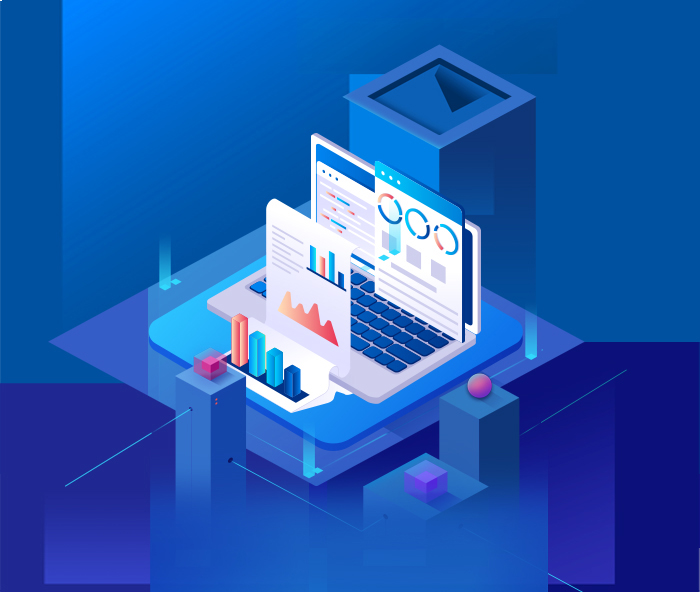
Privacy Technology
Data Transmission Encryption Data Decryption Sensitive Data Handling
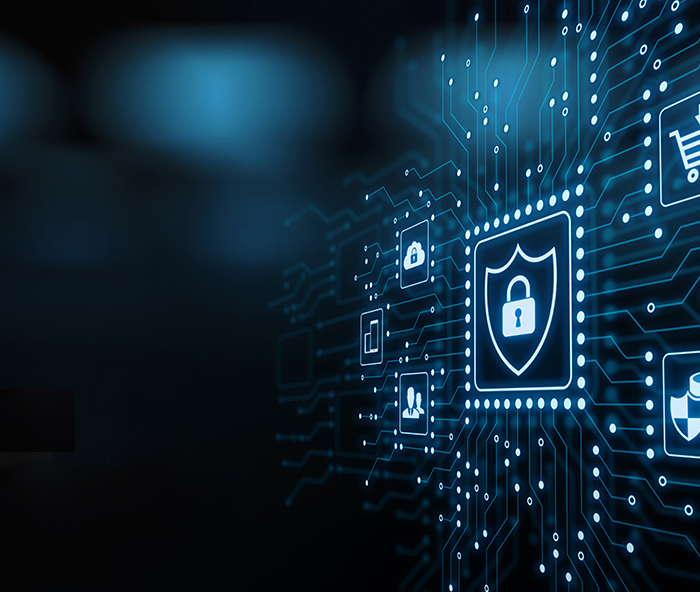
Massive connectivity
Access to diverse data sources Support for tens of millions of devices for horizontal scaling Support for petabyte-scale massive data storage and analysis Support for concurrent scheduling of thousands of tasks
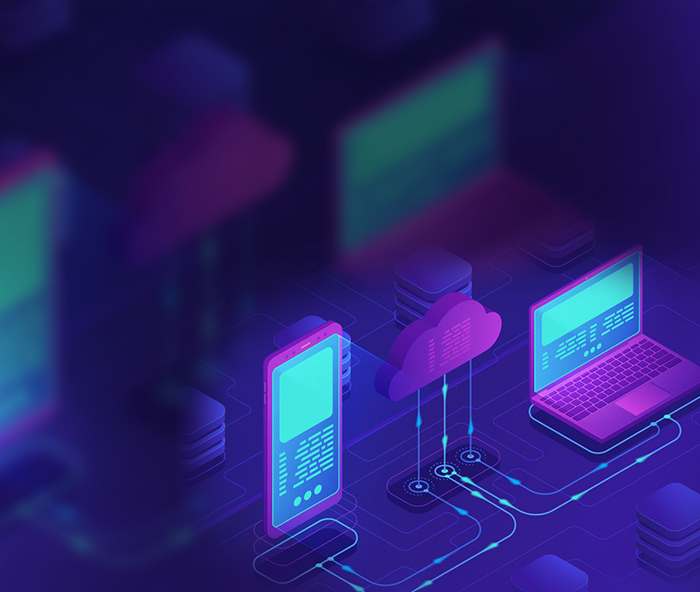
Active Deployment
Private Cloud Deployment Public Cloud Deployment On-premises Deployment
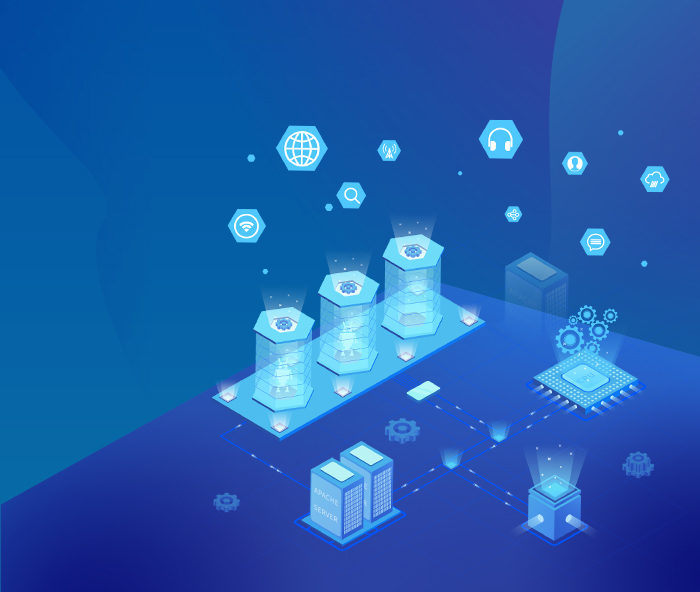
Industry accumulation
In-house algorithms and models Standard physical model repository Common data governance strategies Common index libraries and subject libraries
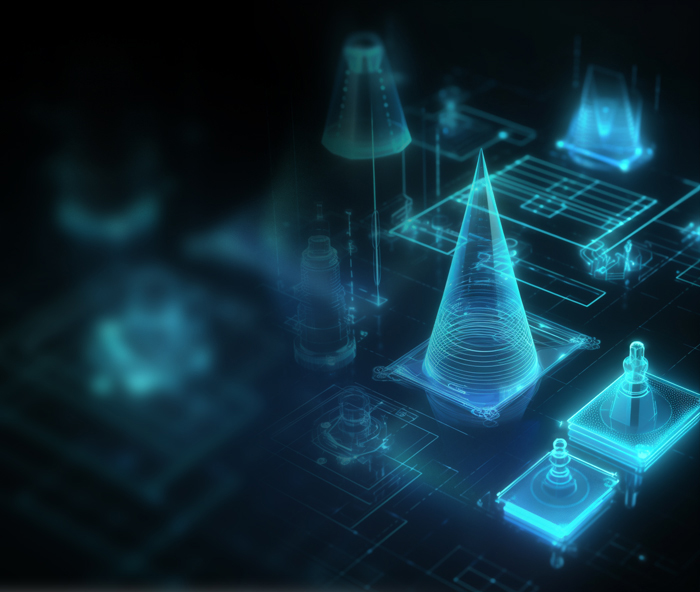
Visualization
Flexible construction of visualization components Digital twin 3D modeling Rich industry and scene 3D model library


- Energy Management
-
Energy Statistical Analysis
Energy Consumption Assessment
Dual Control of Energy Consumption
Energy Consumption Early Warning
- Carbon Asset Management
-
Carbon calculation
Carbon account management
Carbon neutrality calculation
Carbon emission control
- Energy Efficiency Analysis
-
Industry Equipment Energy Efficiency Database
Energy Efficiency Benchmarking
Key Energy Consumption Monitoring
Equipment Energy Efficiency Diagnosis
- Equipment Health Management
-
Equipment Health Analysis
Equipment Remaining Useful Life Prediction
Equipment Fault Diagnosis
Equipment Fault Prediction
- MES Production Management
-
Equipment Inspection Optimization
Equipment Maintenance
Equipment Repair Optimization
Case One
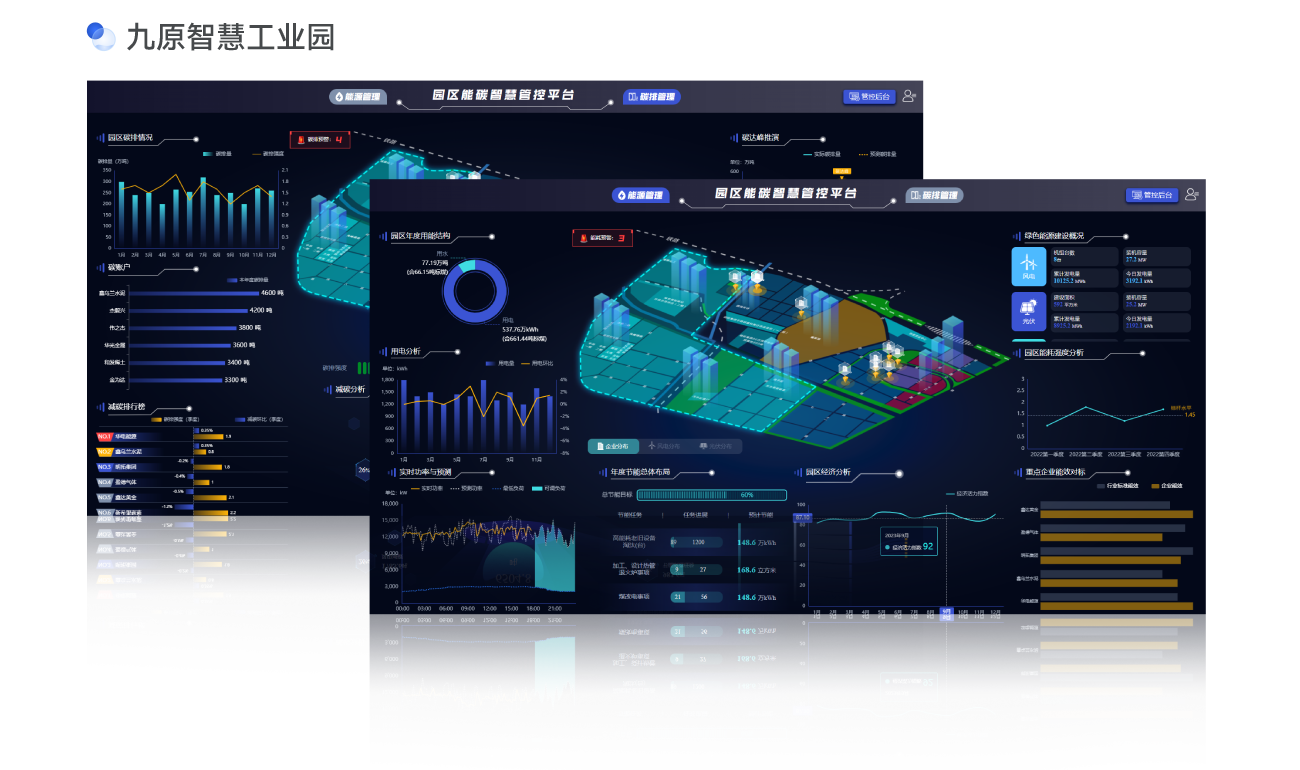
Case Two

